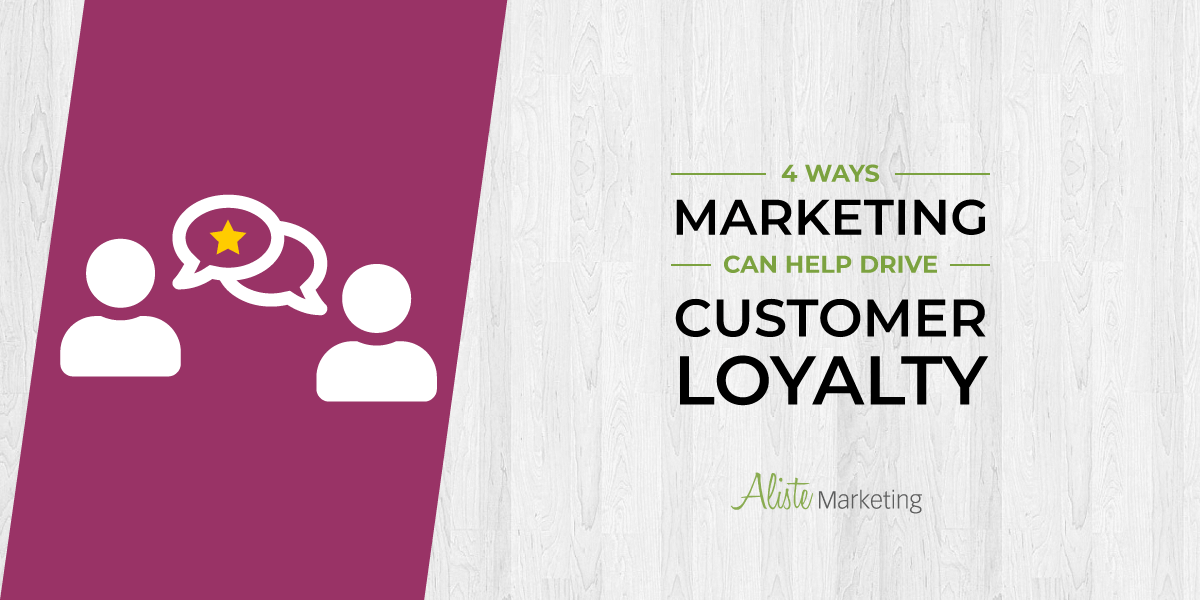Did you know that, depending on what your industry is, it costs between five and 25 times more to acquire a new customer than to retain an existing one?
What’s more: Retaining customers impacts profitability in a positive way. Why?
Well, according to experts, loyal customers make more purchases, with 20 percent of existing customers generating 80 percent of profits.
In addition, the odds of selling to existing customers are between 60 and 70 percent — for new customers, the chances drop to between five and 20 percent.
And last but certainly not least, loyal customers advocate for your brand by means of word-of-mouth marketing.
Yet unfortunately, on average, businesses lose between 10 and 15 percent of their customers each year.
Knowing all of this, one thing becomes abundantly clear: Having loyal customers is critical to business success.
Of course, marketing plays a significant role in building a loyal customer base. After all, marketing helps shape the way consumers experience a product and a brand. Here are four ways you can use marketing to help drive customer loyalty.
1. Be Transparent
Thanks to the Internet, customers are more educated about brands and products than ever before.
With their smartphones and other devices, they have the ability to research products and companies at their fingertips wherever they are.
They’re not just gaining their information from company-driven marketing messages anymore, but also from user-generated social media content and online product reviews.
Don’t believe us? Look at the stats below!
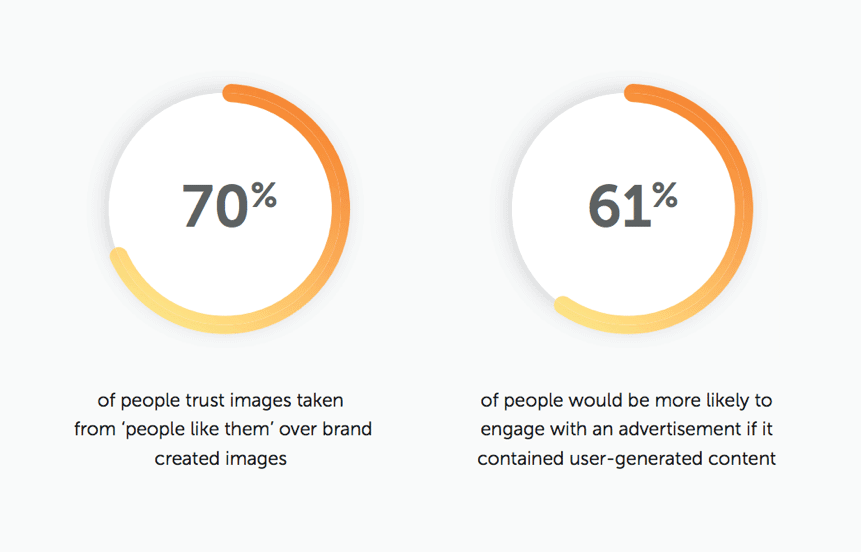
Source: Curata
SEE ALSO: Social Commerce Trends: How to Get Sales with Social Media
That means that now more than ever before, purchasing from a specific brand is a conscious decision. And because of this, consumers demand transparency.
They want to know what your products are made of and where they’re manufactured. They’re interested in what other customers’ experiences are, how you respond to reviews and what your company’s values are.
Consumers also want to know how you handle negative events.
Remember how in 2017, United Airlines experienced a massive social media backlash after a video surfaced of a passenger being forcibly dragged off a plane? The backlash became worse after the airline released a series of confusing statements in which they initially didn’t take responsibility for the incident.
Moreover, the company’s shares dropped, at first by four percent — approximately $1 billion of the company’s market value. Finally, after the CEO apologized, the stock recovered to only a one percent drop, which still amounted to around $250 million in lost market value, as seen below.
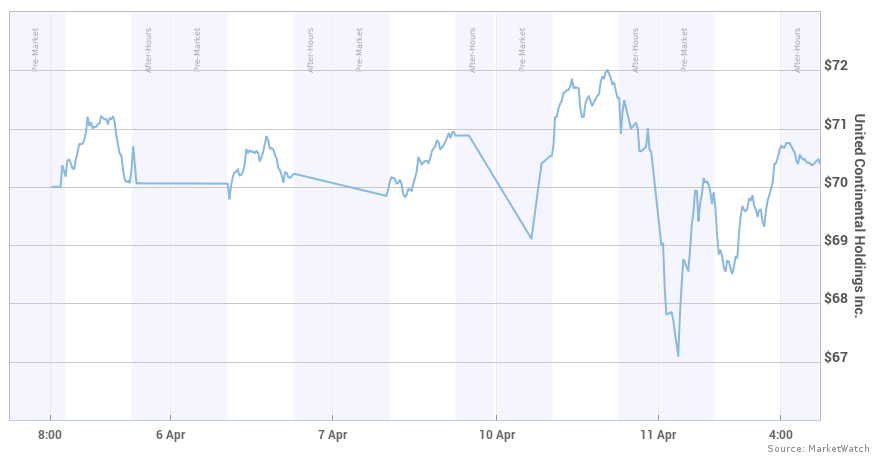
As Inc. points out, if you don’t provide the relevant information, customers will go elsewhere to find it. Then, they will form their opinion based on what they find.
On the other hand, embracing transparency enables you to keep control of your brand image and narrative.
[click_to_tweet tweet=”Embracing transparency enables you to keep control of your brand image and narrative.” quote=”Embracing transparency enables you to keep control of your brand image and narrative.”]
2. Build an Emotional Connection With Your Customers
Many brands focus only on the transactional aspects of business to generate profits.
Yet Harvard Business Review (HBR) states that brands that build an emotional connection with their customers can experience significant returns. For example, a major bank created a credit card designed to appeal specifically to Millennials.
The results? The number of new accounts being opened increased by 40 percent, and the use of the card rose by 70 percent.
According to HBR, consumer behavior is driven by literally hundreds of “emotional motivators.”
The top 10 include: stand out from the crowd, have confidence in the future, enjoy a sense of well-being, feel a sense of freedom, feel a sense of thrill, feel a sense of belonging, protect the environment, be the person I want to be, feel secure and succeed in life.
Just think about Dove’s “Real Beauty Sketches” campaign, where women saw two sketches of themselves by a professional artist.
One sketch was based on their own description of themselves, while the other was based on someone else’s. When the women saw themselves through the eyes of the strangers they’d just met, they experienced a refreshed view of themselves.

Source: Dove
Clearly, this campaign successfully appealed to people’s desire to feeling a sense of well-being.
Obviously, to make an emotional connection, you need to know what’s important to your customers. So how can you know this?
Leverage industry data to find out what the general emotional motivators are in a specific segment. In addition, you can use surveys and collect data to learn more about your existing customers.
SEE ALSO: 11 Key Business Performance Metrics for Better Operations
Once you know the main motivators that drive them to purchase your products or services, you can build on those in your marketing campaigns.
3. Personalize the Customer Experience
In today’s fast-paced environment, customers don’t want to wade through pages of circulars, lists of online products or long email newsletters to find information that’s relevant to them. They want a personalized experience — and some brands are getting this completely right.
For example, Best Buy offers an online shopping experience that can recognize specific shopping behaviors during a session and subsequently make relevant recommendations.
And French cosmetics brand Sephora uses its app to highlight past purchases and provide shoppers with personalized beauty tips. It also offers Sephora Virtual Artist, an AI/AR feature that allows shoppers to try out a range of cosmetics — even without being in the store — and offers tutorials to get specific looks.
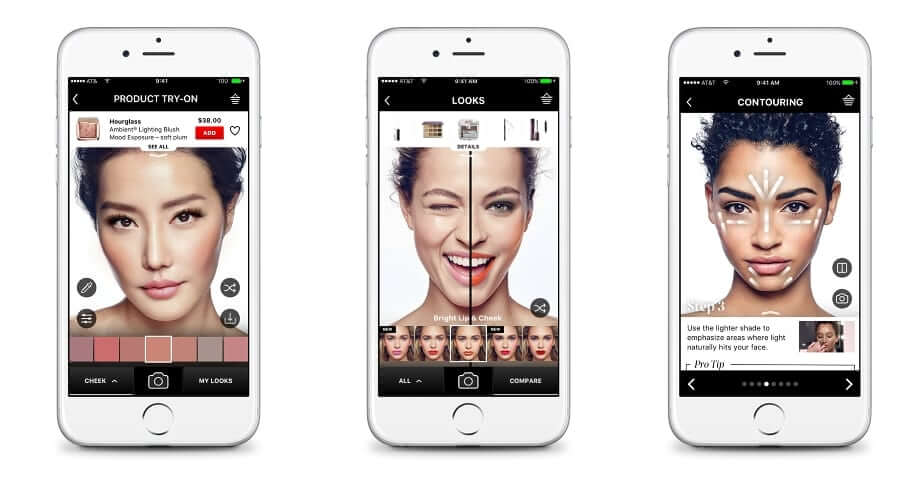
Source: Global Cosmetics News
Fortunately, delivering a personalized customer experience is increasingly feasible thanks to the ever-growing amounts of available data.
You can use something as simple as a shopper’s browsing or buying history to determine what other products or services might be of interest, sparking customer loyalty and enhanced engagement.
In addition, you can use location to highlight local trends that might appeal to customers. And of course, apps, email and instant messaging can be used to deliver personalized marketing messages before, during and after a shopping experience.
SEE ALSO: Beacon Technology and Proximity Marketing: A Formula for Retail Success
4. Highlight Your Brand’s Social and Environmental Responsibility
According to a 2017 study, almost 90 percent of consumers agreed they would purchase from a company that supported a cause they cared about. Over 75 percent wouldn’t buy from a business that supported a cause that didn’t align with their beliefs. And approximately 80 percent expect companies to keep enhancing their corporate social responsibility (CSR) efforts.
[click_to_tweet tweet=”80 percent of consumers expect companies to keep enhancing their corporate social responsibility (CSR) efforts.” quote=”80 percent of consumers expect companies to keep enhancing their corporate social responsibility (CSR) efforts.”]
Clearly, consumers want to purchase from brands that share their values regarding social and environmental responsibility.
Sports clothing company Patagonia, for example, has a firm commitment to protecting the environment. In its mission statement (plastered on a building side below), the brand highlights how it donates at least one percent of its sales to environmental groups and works hard to reduce any pollution that results from its manufacturing process.
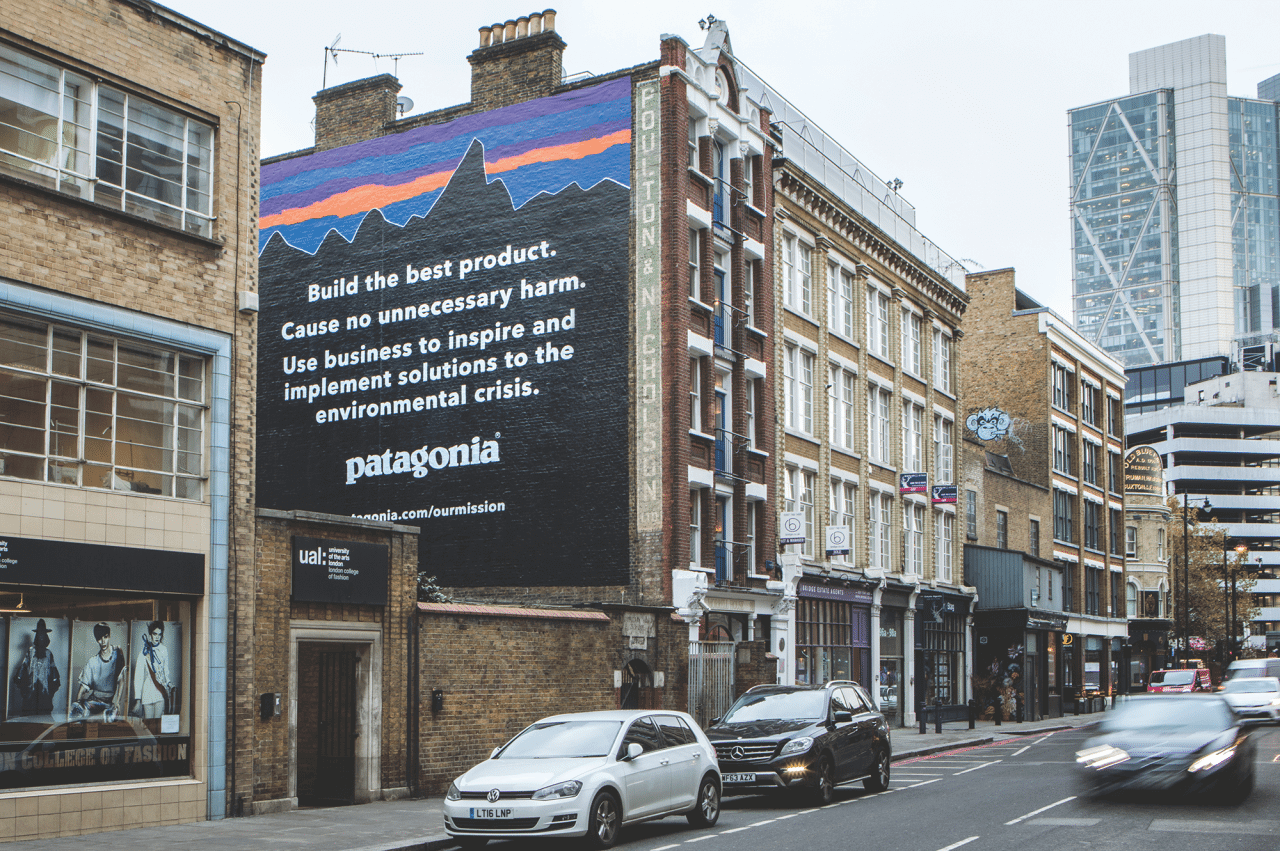
Source: The Drum
And interestingly, its first-ever commercial, produced in 2017, didn’t feature clothing at all. Instead, it showed the company’s founder, Yvon Chouinard, discussing how vital it is to protect our nation’s public lands.
Similarly, European coffee brand Kenco started the project “Coffee vs. Gangs” in 2014, offering young people in Honduras the opportunity to build better lives for themselves by learning how to become independent coffee farmers.

Source: IPA Effectiveness Awards
Your CSR efforts can involve anything from supporting a global environmental organization to donating to a local homeless shelter. So long as the cause you choose makes sense for your brand, CSR efforts can vastly improve customer loyalty.
You can communicate your CSR efforts via a wide range of channels, ranging from your website to social media. In fact, you can even engage your customers by means of fundraisers and contests.
Conclusion
Driving customer loyalty is an ongoing endeavor — and in this endeavor, leveraging marketing to your advantage can be a game-changer.
Driving customer loyalty is an ongoing endeavor — and in this endeavor, leveraging marketing to your advantage can be a game-changer.
That’s why working with an experienced marketing firm that understands changing consumer behaviors and expectations can make all the difference in the world.
And that way, you can concentrate on what you do best: Providing a great product or service that will simultaneously attract new customers while exciting and retaining your existing ones.
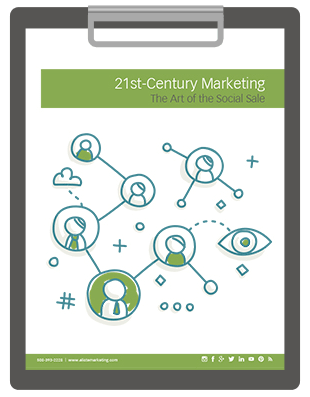
BONUS: Learn how to use social media for converting leads to sales with the art of social commerce.
Download Our Guide Now!

